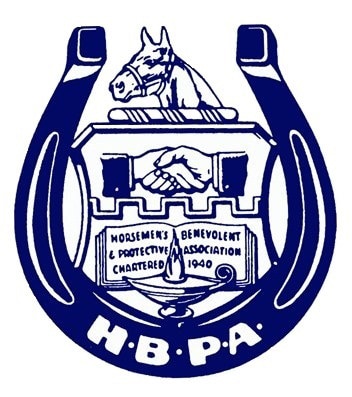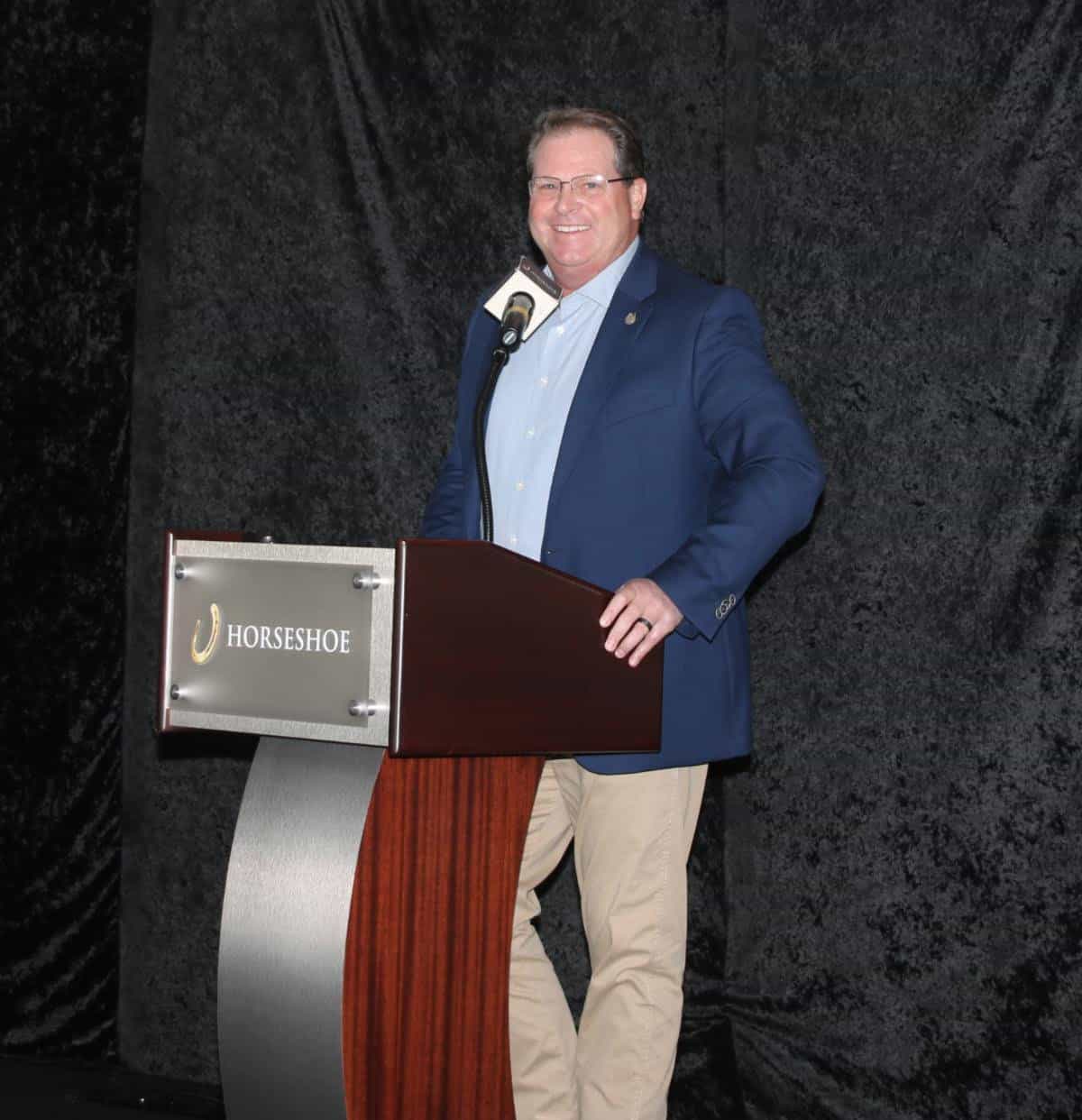Ohio Begins Fact-Finding on Medication Policy
Blood-Horse
As the Ohio State Racing Commission begins a comprehensive review of its medication rules and examines the National Uniform Medication Program, it has a hired a longtime veterinarian to consult on policies and procedures.
The commission, chairman Bob Schmitz said March 12, has hired Dr. James Robinson, who was a member of the faculty at Ohio State University for about 30 years. He retired in 2008.
“He will be our consulting veterinarian,” Schmitz said. “He will guide through a lot of stuff. He’s an equine surgeon, probably one of the best throat men in the business. He also has been a racetrack veterinarian on both the Thoroughbred side and the Standardbred side.”
Robinson will begin his work March 30, the day of the next OSRC meeting at which representatives of horsemen’s groups will have an opportunity to weigh in on equine medication policy. The process began in late February, when representatives of the Racing Medication and Testing Consortium and Association of Racing Commissioners International addressed the commission.
The representatives brought OSRC members up to speed on the current policy and changes in medication.
Ohio is a multi-breed racing state with Thoroughbred, Standardbred, and limited Quarter Horse racing. There are far more harness racing days—more than 450—at four tracks than there are Thoroughbred racing days.
During the February meeting, OSRC members asked RCI president Ed Martin and RMTC executive director Dr. Dionne Benson about the relationship between the two organizations and efforts to address medication rules for all breeds with a “one size fits all” solution. The Standardbred industry has strongly supported having its own regulations for corticosteroids and the bronchodilator clenbuterol
“It does make sense to have a national speed limit on commonly used therapeutic medications,” Martin said. “I’m not telling you every (testing) threshold here and there. Scientists would potentially disagree with that, but it was not a random process that resulted in the recommendations that came forward.
“Now, RCI has recently taken steps to develop its own scientific review process. Some of it will duplicate and replicate things that are done over at the RMTC, but that partly was fueled by the departure (from the RMTC) of the United States Trotting Association, which represents some of our keys members, Ohio being one of them.”
Martin noted there are separate model rule sections for Thoroughbreds and Standardbreds, and there could be one for Quarter Horses. He said the American Quarter Horse Association, for instance, plans to ask RCI at its convention in late April to consider a zero-tolerance policy for the bronchodilator clenbuterol; bans haven’t been proposed in Thoroughbred or harness racing.
“That’s not going to be a one-size-fits-all policy,” Martin said. “I don’t think that would be practical.”
Benson and Martin told the OSRC the two organizations intend to maintain a good working relationship even though they now have separate scientific advisory committees.
“The RMTC Executive Committee elected to maintain its independence,” Benson said. “We will continue to provide money for research, review that research, and make it available to the RCI as model rules. The concern by a number of RMTC members is they’re unwilling to fund a scientific advisory committee that is part of the RCI. The majority of our funding comes from the racetracks, and they have indicated they want to fund the RMTC.
“If there’s no money for research, there’s really no point in having a scientific advisory committee, so for our purposes it’s important to maintain our independence.”
Martin said RCI formed its own scientific advisory committee after hearing from a few organizations that had begun to question RMTC recommendations.
“You understand when you have major constituent groups expressing concerns to the bodies of regulators that they may question or not have the confidence that they once had in certain things coming out of the RMTC, we need, as an association of regulators, to ensure that you can have confidence in the recommended policies that are adopted.
“You can agree or disagree. That’s not a criticism. It’s an observation. This is an organizational thing, and Dr. Benson and I, and our members, will all work through it. Maybe over time we’ll get something that makes a little more sense.”





